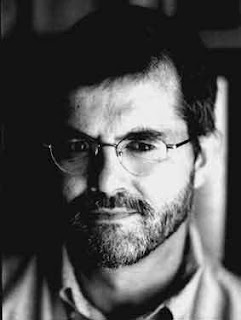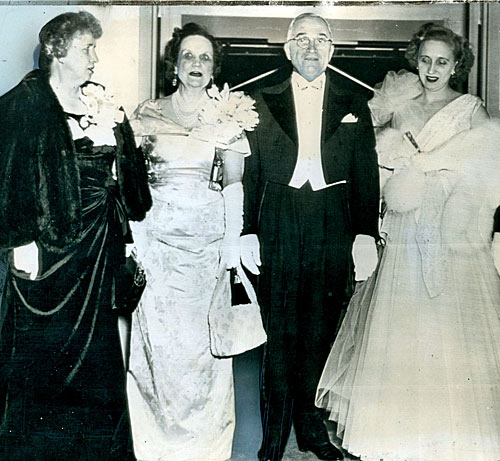“The man who comes back through the Door in the Wall will never be quite the same as the man who went out. He will be wiser but less sure, happier but less self-satisfied, humbler in acknowledging his ignorance yet better equipped to understand the relationship of words to things, of systematic reasoning to the unfathomable mystery which it tries, forever vainly, to comprehend” —Aldous Huxley
I’m new to spirituality. Spirituality is not religion but it incorporates teachings from most of the world’s great religions. Spirituality can lead to the process of becoming enlightened, to wake up from the dream state where we see ourselves divided, to the awakening or awake state (rarely fully awake) where we see unity. I’ve found that developing a spiritual side has helped me not only to understand and empathize with Chris, but also is the beginning of my own healing process.
Spirituality as a vehicle of enlightenment is not the end of pain, however. It leads to confusion and self-doubt. I see that in Chris. I’m beginning to see that in myself. I don’t claim to be enlightened, but I am learning some surprising things along the way. As I became more spiritually attuned, I believed that as Chris began to heal, I would experience a decline in my own health that would force me to undergo the same revolutionary process that he has undertaken.
I’m reading the kind of books that I never would have glanced at in my pre-spiritual days. The more I learn, the more I practice. I see how simple life is (LOVE yourself first) but there are complexities, too.
In early November, I got some troubling blood test results that in previous years would have really freaked me out and put me in a constant state of worry. (The doctor was not as concerned.) I’d been experiencing symptoms sporadically over the previous two years. By chance I went to our bookshelf and picked out a book that Ian had purchased that I didn’t know we owned. “Holy Spirit for Healing: Merging Ancient Wisdom with Modern Medicine,” by former Catholic priest Ron Roth and Peter Occhiogrosso. Using Jesus’/Buddha’s/Mohammed’s messages, the book explains some very simple visualizations that we can use to heal ourselves.
While I was doing the spiritual healing work I asked God/the energy field/ to tell me where the problem lay. The answer that immediately popped into my head in the quiet moment of reflection was: “It’s hepatitis.” The answer coming from me/God was very clear. “It’s hepatitis.” I tucked that away as a possible cause.
After my energy work, I “knew” that any subsequent blood test results would be back to normal, but the doctor at the clinic wanted me to wait a bit longer before being retested. When I saw the clinic doctor to go over the results of the second blood test, which as I predicted, were normal, he casually mentioned that I tested positive for Hepatitis A, but he dismissed it as something that I probably picked up more than thirty years ago.
By then I had forgotten about my hepatitis prediction and didn’t make the connection with the Hepatitis A news. I decided to see a specialist later in the month to be on the safe side. The specialist could hardly believe such dramatic test results were possible in such a short period of time. He told me that, of course, he always encouraged his patients to practice spiritual healing, but it was clear to me that he felt the real answers were always medical. He thought that I might have experienced an allergic reaction to a drug, but was not able to pin it down to any medication I was taking. And, no, he also thought it was unrelated to drinking red wine.
Before Christmas I went for a third round of blood tests as part of my bi-annual company physical. Results still normal. The nurse checked to see if I was up-to-date with my vaccinations and discovered that I never got the second dose of my Hepatitis A shot. She decided that since I already had the antibodies, I didn’t need the second shot. It was only then that I recalled that my meditation had told me about the hepatitis.
Since, so far, I was no clearer as to the cause of the sky-high blood test results and I am still experiencing the same symptoms from time to time, over the Christmas holidays I sat down to meditate and changed the question to: Given all of this, what part of me needs to heal?
According to the mechanics of meditation, the answer may come immediately, or it may come over the next few hours or few days, if you pay attention.
In the wee hours of the following morning, I woke up suddenly. A voice/a thought said to me, very clearly, and this is where it gets very strange . . . “Get Chris a blood test.”
Get Chris a blood test? That’s not the answer in any way, shape or form that I thought I was expecting. How is this related to me?
I am learning, that becoming enlightened is troubling.
This strange imperative leads to new complexities. If I believe, then I must act on my belief. I’m going to have to come up with a plausible reason to say to Dr. Stern that Chris needs a thorough blood test, not like the one-off specific testing that is done for clozapine, for example. I’m going to have to figure out with Chris, what our course of action will be based on the test results. I can’t imagine that the results are going to be normal for anyone on a neuroleptic (and that’s why these tests are ordered by doctors only for a known life threatening side-effect).

